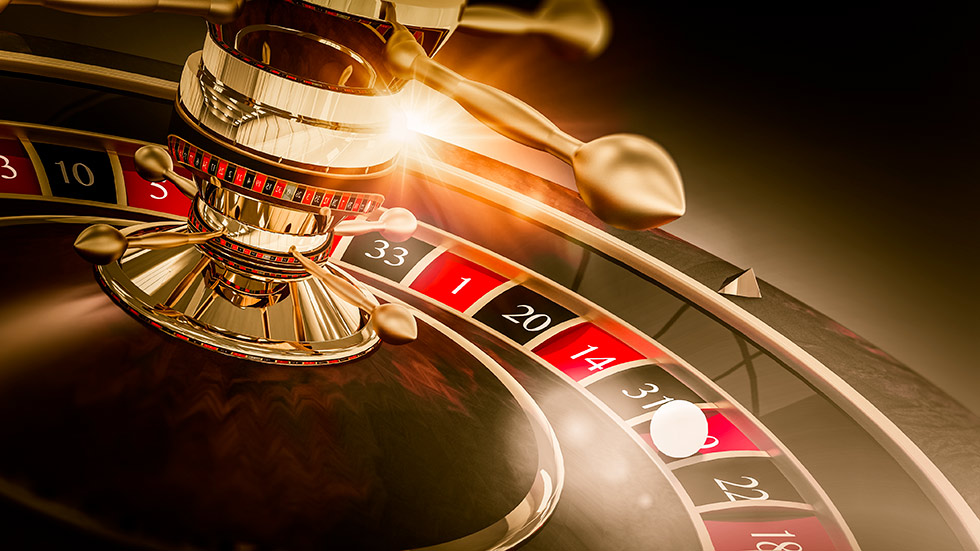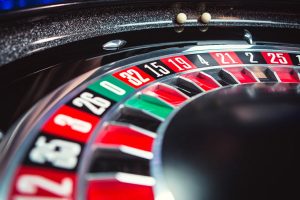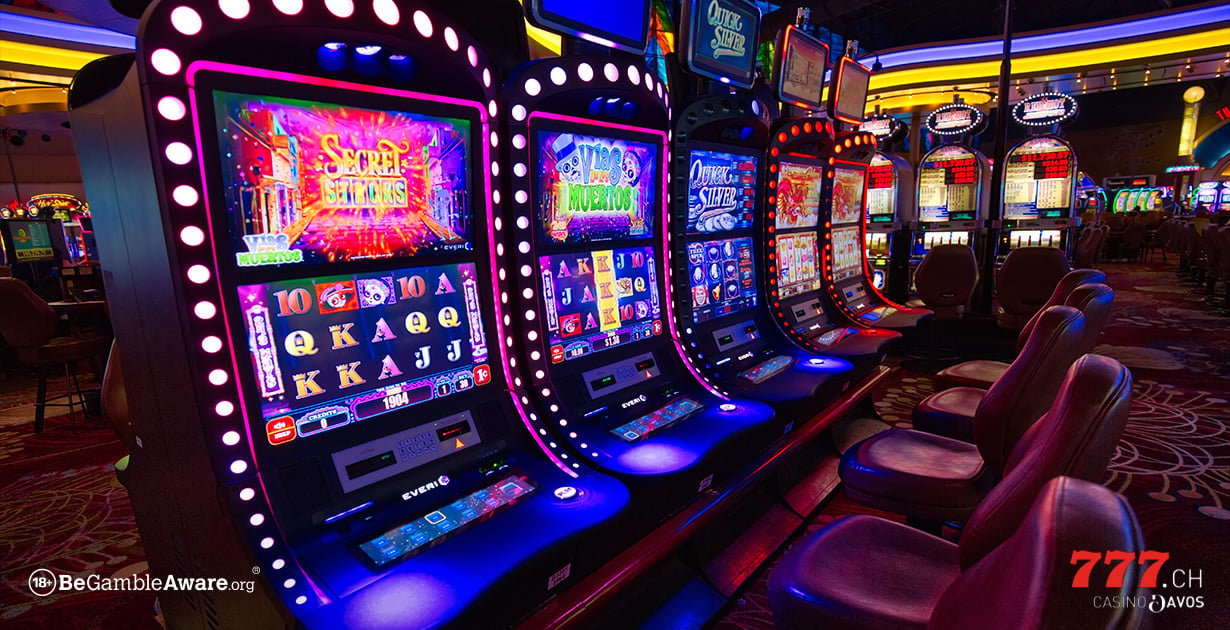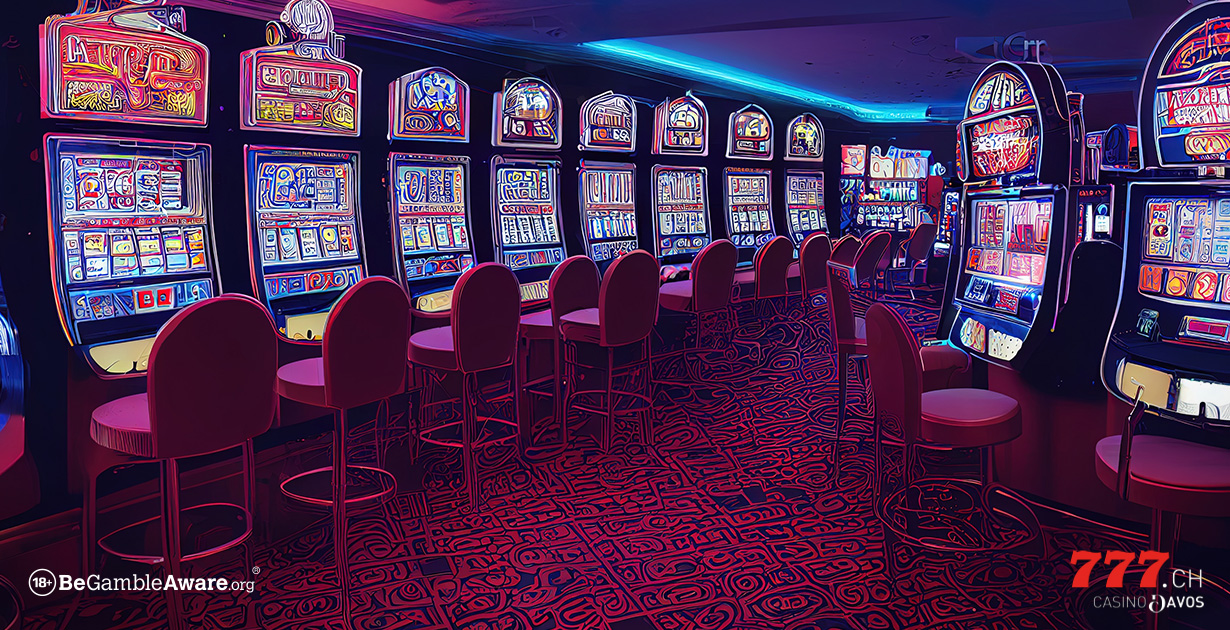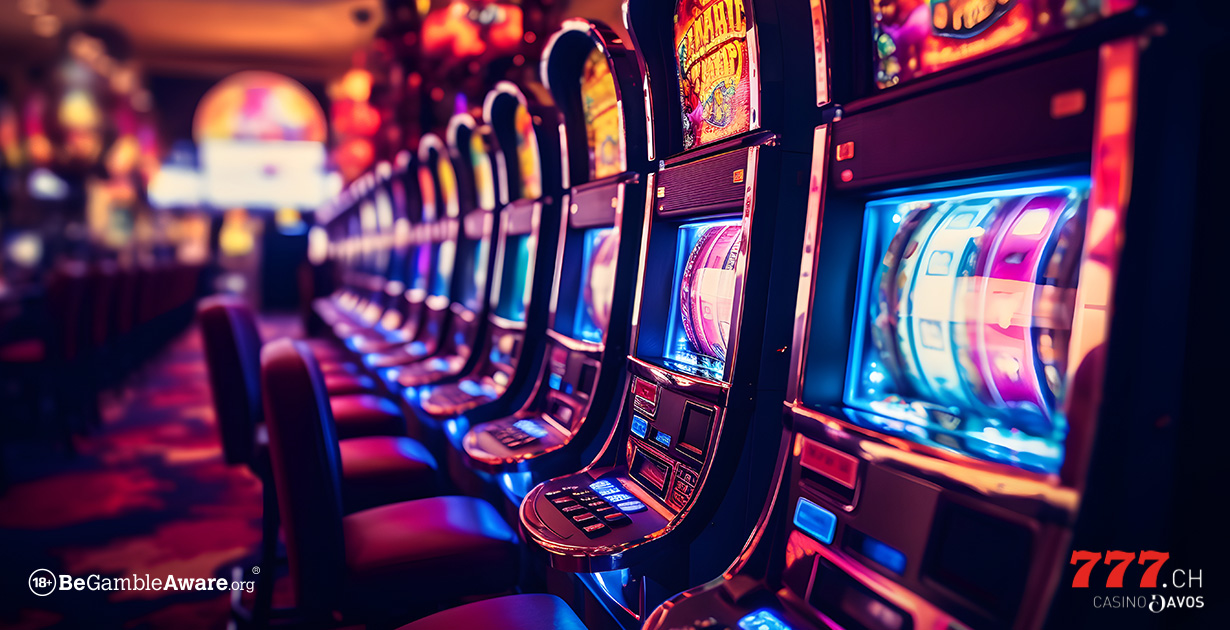In the past few weeks we have started chatting about roulette in our blog on casino777.ch. We discussed the different ways to place bets and the payout odds in case of a win were presented to you. Afterwards I warned you about systems and their windy providers. Today I would like to tell you something about the game with series neighbours in roulette.
In the wheel of a roulette table, the numbers are not arranged in the order of their value, i.e. 0, 1, 2, 3, etc., but in such a way that there is always a red number next to a black number and, except for 5 and 10, always a low (manque) number next to a high (pass) number. For example: 1 20 14 31 9 22 18 29 form a section in the cylinder. (This sequence and the further explanations always refer to a “French” cylinder, as it is also used in the live game Casino777.ch. This French cylinder offers much better chances of winning for the player than the “American” cylinder with the double zero).
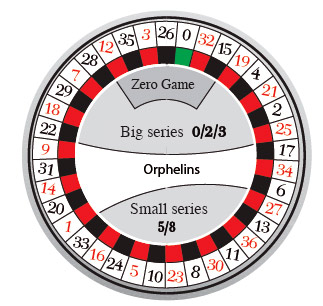
Game with neighbors
In the cylinder, viewed from above, 29 and 18 are located to the left of 7 and 28 and 12 to the right. Some players try to “secure” their favourite numbers by playing the numbers next to them. In the past, the croupiers had to know at least the three adjacent numbers of each number in the cylinder by heart and be able to bet for the guests at the table. In VIP Roulette at the Live Casino on casino777.ch it is possible to bet up to nine neighbours of a number per ball.
Game with one neighbour
This requires three chips and in the example of 29, the chips are set to 7,18 and 29. In the event of a win, i.e. if one of these three numbers is thrown, the win is 35 times the basic bet, as with any whole number (plein). Since the winning piece remains in the player’s possession, the three pieces of the basic bet have changed to 36 pieces. So if the game is played at CHF 10, the stake has increased from CHF 30 to CHF 360. In the following games with neighbours, we stick with 29 as the number for which the neighbours are played. When talking about pieces, these chips can always have the value between the respective minimum and maximum of the table. In the event of a win, a Plein is always paid out. This game is called 29 one-one.
Game with two neighbours
This requires five tokens and in the example of 29, the tokens are set to 7,18,22,28 and 29. The game with two neighbours is the most common and is called 29 two-two.
Game with three neighbours
Seven tokens are needed for this and in the example of 29, the tokens are set to 7,9,12,18,22,28 and 29. Many players who play three neighbours – in this case 29 three-three-one – rely on the extended version 29 three-three-one-one where 10 pieces are required. In addition to the seven numbers of 29 three-three-7,18 and 29 are re-run. If 7,18 or 29 is thrown, the payout is 72 pieces, so if the other four numbers are 9,12,22 or 28, the payout is 36 pieces.
Play with series
In these games, larger sections of the cauldron are played together. See graphic Cauldron. Some of these number combinations are also located next to each other on the tableau and can therefore be played with fewer chips than winning numbers. For example, 12 and 15 numbers are from the “big series” and can be bet on the tableau as Cheval (Split).
Big series (series 0/2/3)
Seventeen adjacent numbers in the cauldron – from 22 clockwise to 25 – are played with 9 pieces. The chips are placed like this: two pieces on the Transverale Plein (Street) 0/2/3 payout 24 pieces and the Carré (Corner) 25/29 payout 18 pieces and one piece each on the Chevaux (Split) 4/7, 12/15, 18/21, 19/22 and 32/35 payout 18 pieces each.
Small series (Series 5/8)
The small series consists of twelve numbers lying side by side in the cauldron, from 27 to 33 which are played with six pieces. The chips are always bet as Chevaux (split): 5/8, 10/11, 13/16, 23/24, 27/30 and 33/36. 18 pieces are paid out each time.
The Orphelins (the “orphans”)
The Orphelins’ eight numbers are located in the cauldron between the big series and the small series – 17 to 6 and 1 to 9 – and are placed on the table as follows: one piece en plein (Straight Up) on the 1 payout 36 pieces and the Chevaux (Split) 6/9, 14/17, 17/20 and 31/34. payout 18 pieces each, in the case of the 17 that wins on two splits, 36 pieces.
The Zero Game
The Zero game includes the seven numbers from 12 to 15 in the cauldron. Of course the Zero, which gave the popular game its name, is also included. In the Zeros game, the chips are bet as follows: 26 en plein (Straight Up) payout 36 pieces and the Chevaux (Split) 0/3, 12/15, and 32/35. payout 18 pieces each.
Besides the neighbors and the above games, there are several other ways to place the chips. For example finals or Figura games. These variations will be explained in more detail in next week’s Roulette blog. You will also get information about the Paroli game.
Conclusion
The odds of winning in the games presented today are no better or worse than when placing “random” number combinations. As always, there is more risk of higher winnings. The three pieces of a bet on a number with a neighbour become 36 pieces, the nine pieces placed on the big series bring 18 or 22 pieces as payout. However, the big series covers almost 50% of all numbers in the pot. Of course you can also play these series in the live casino of casino777.ch. Simply click on the “racetrack” of a picture of the cauldron in the lower right corner of the screen and wait for your win. Good luck and stay curious!

